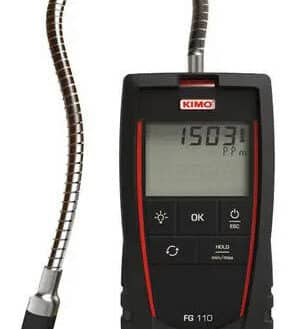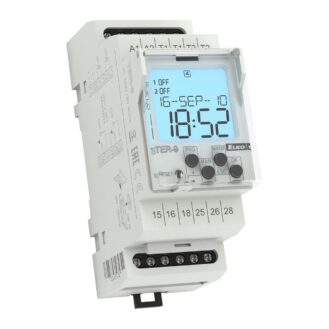Depending on their measurement technology, level gauges can be tubular, reflex, transparent, two-color, or magnetic. The choice of one technology over another depends on the final application and the properties of the fluids. These can be liquids, such as water (hot, cold, salty, etc.), gasoline and viscous fluids, or solids, such as powders and granules.
Tubular level gauges: Suitable for monitoring non-toxic, low-pressure liquids.
Reflex level gauges: Indicate the level in a tank using the optical principle of light refraction in a transparent glass element. They are ideal for monitoring clear liquids that would otherwise be difficult to see. These gauges have two main advantages: an affordable price and low maintenance costs.
Transparent level gauges: These are similar to reflex gauges, as they also work by refracting light. The main difference is that they use two glass elements to allow light to pass through. They are a good option if you have to observe two different fluids.
Two-color level gauges: These are used to detect the level of water and steam in a boiler. They rely on the optical principle of light refraction through two colored optical filters, each with a different refractive index. A special red and green illuminator, used to create a dual lighting system, is mounted on the back of the gauge body. The light passes through the fluids and allows you to see the vapor in red and the liquid in green. This makes it possible to determine water and steam levels in boilers.
Magnetic level gauges: Unlike the technologies mentioned above, these gauges do not contain a glass element to measure a level, but an opaque chamber. Similarly, they do not use the principle of light refraction, but rather the principle of magnetic attraction. These gauges have several advantages:
– They are very easy to use.
– They offer high precision and reliability.
– They provide a continuous indication of the level and make it possible to record this information.








